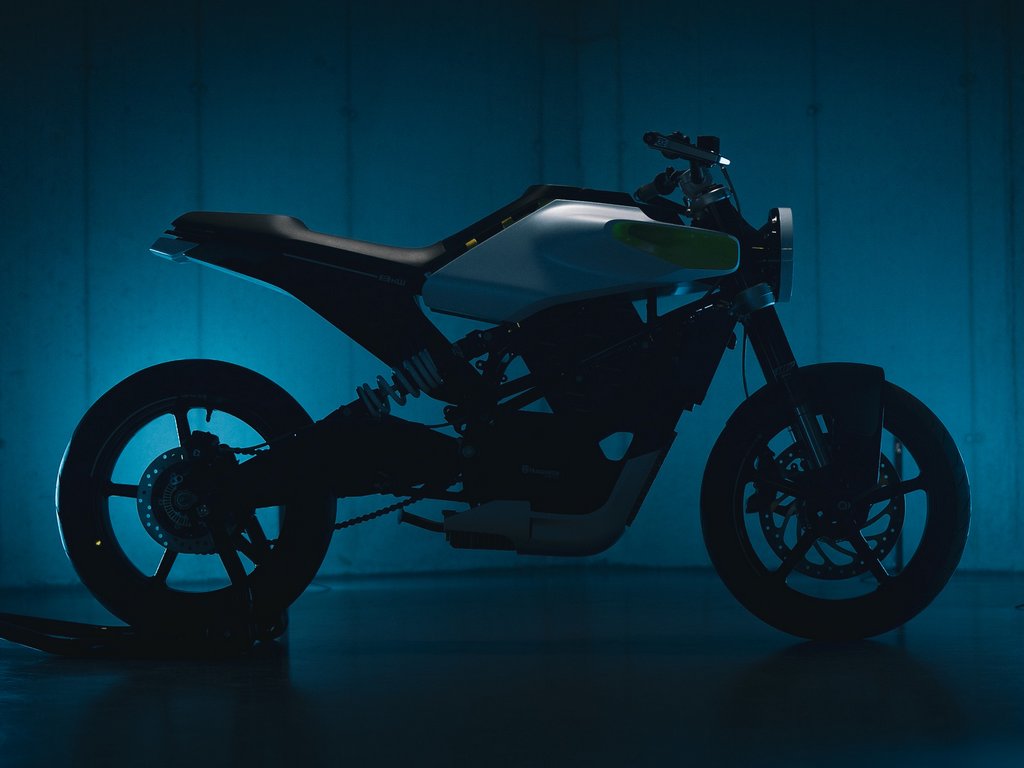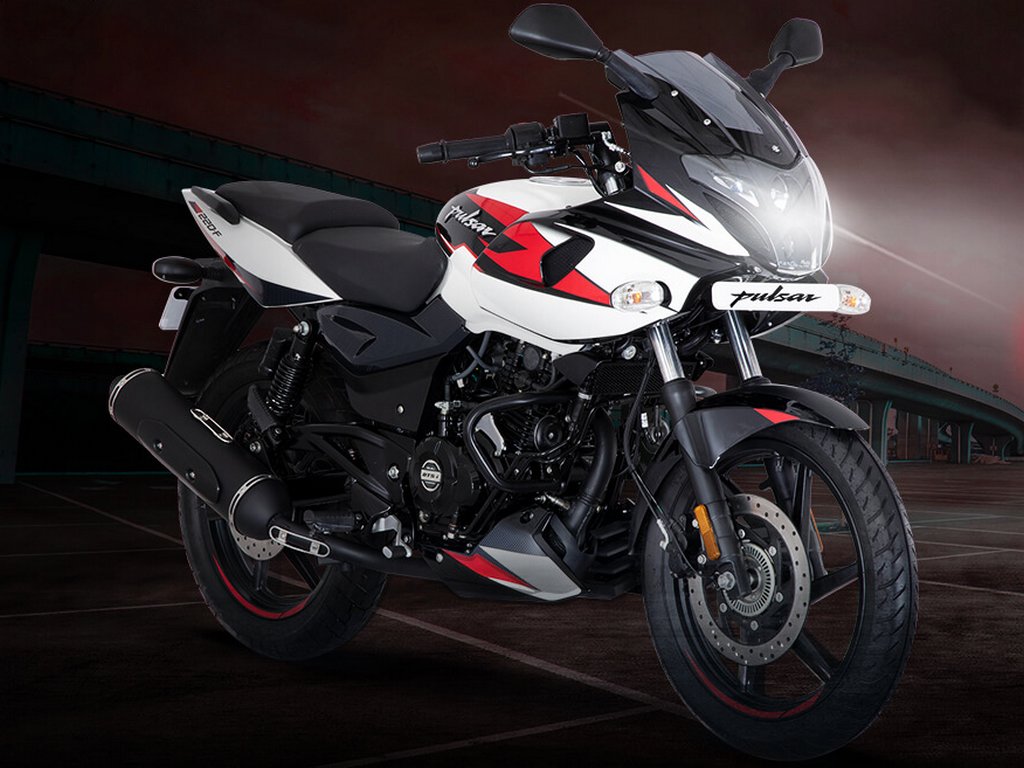What Does The Future Hold For Bajaj’s Pulsar?
The brand would have to undergo a major transformation by way of adopting electric tech in the future.
The brand would have to undergo a major transformation by way of adopting electric tech in the future.
Home » Bike News » Bajaj Pulsar » What Does The Future Hold For Bajaj’s Pulsar?

The Bajaj Pulsar has huge fan following and 1 day it will have to go the electric way. In reality, it will be an uphill task for Bajaj to maintain the spirit of the Pulsar brand while making use of current electric vehicle (EV) technology.
But, if there is 1 Indian automaker which can pull it off, it will be Bajaj, thanks in part to its partnership with Austrian brand KTM.
Thus, even as Bajaj continues to work on new generation ICE Pulsar models, let us speculate what Bajaj’s long term future plan might be with regard to the Pulsar.
The Pulsar has come with appealing styling from the very first generation and the way the next-generation models are designed will likely dictate the design language of future electric Pulsars.
But, thanks to the simple architecture, the Bajaj Pulsar electric motorcycle range could mostly feature minimalist styling that would appeal to the young at heart.
Bajaj could follow the current trend of using 2 different design languages for its regular models and the NS range, or, it could go for a uniform styling theme for both. But, they will look drastically different from the current crop of Pulsars.
When it comes to the chassis, the bike manufacturer has 2 options – either stick with the perimeter frame or borrow KTM’s (and Husqvarna’s) trellis frame.
It would be easy for Bajaj to make use of, say, the Husqvarna E-Pilen‘s chassis and swingarm for its electric Pulsars. However, the brand has to keep costs in check.
That said, the electric Bajaj Pulsar models’ handling characteristics should be a step up from the upcoming new generation ICE range and Bajaj will have to work on keeping the electric Pulsars light as well.
Having a range of electric bikes with each possessing strong performance capabilities will be the utmost priority for Bajaj in the future.
We reckon that electric Bajaj Pulsar models will be differentiated from one another based on range and performance. This would enable the firm to have a wide range of models, like it does currently.
Having already developed low horsepower electric motors along with KTM, which work on a low voltage architecture, Bajaj would be researching application of high voltage and high horsepower motors as well.
Due to the inherent nature of electric motors, all of the electric Pulsar bikes should have a higher torque rating than their immediate ICE predecessors, which would result in better acceleration.
A fully digital touchscreen instrument display would be the norm going forward. Smartphone connectivity, navigation (also showing nearby charging stations), keyless go, and a dedicated app to notify the owner about the battery’s health status, among other things, are all expected to come as standard.
What’s more, ride modes will also be offered, with the ‘Eco’ mode reserved for offering more range and ‘Sport’ mode for maximum performance. Regen braking tech will also be there on electric Pulsars, while a reverse mode could be on the cards as well.
Most importantly, Bajaj will also have to look into charging infrastructure. It could tie up with an energy provider for charging and battery swapping grids or maybe come up with its own energy grid.
As mentioned before, electric Bajaj Pulsars are likely to be differentiated based on range and performance. But, assuming that battery tech stays similar to today, Bajaj would likely take a bottom-up approach and launch models with more range and low power rating first, before introducing performance variants.
Battery size will also play a major role and Bajaj could well launch extended-range models with bigger (but heavier) battery packs that would alleviate range anxiety.
Price-wise, Bajaj’s electric Pulsars would be priced below KTM’s electric bikes, but, even the base model could come with a premium price tag if the price of battery cells does not go down by the time Bajaj launches its electric Pulsars.

